Blog
-
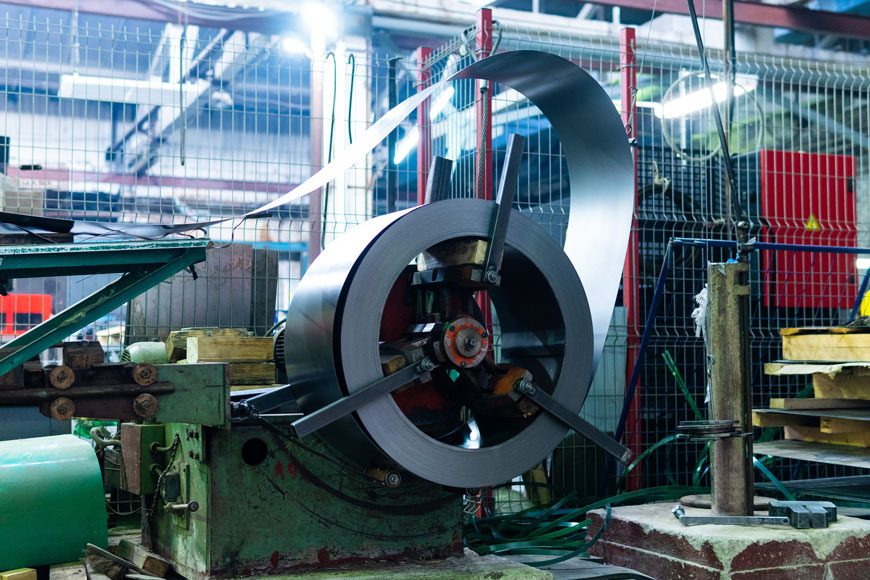
Stainless Steel Production and Processing
We have manufactured steel for a thousand years, but stainless steel is a relative newcomer. It was invented in 1913 by a Harry Brearley, a British metallurgist. Chemists, engineers, and materials scientists have been experimenting ever since. As a rust-resistant alloy, it can offer the same material properties as steel with the rust-resistance of alloys such as aluminum, but at a lesser expense. At first, stainless steel was used mostly in small applications, as parts for water meters or pumps, as well as being excellent cutlery. These days, it is also being used as a structural building material, in much larger quantities.Read more -
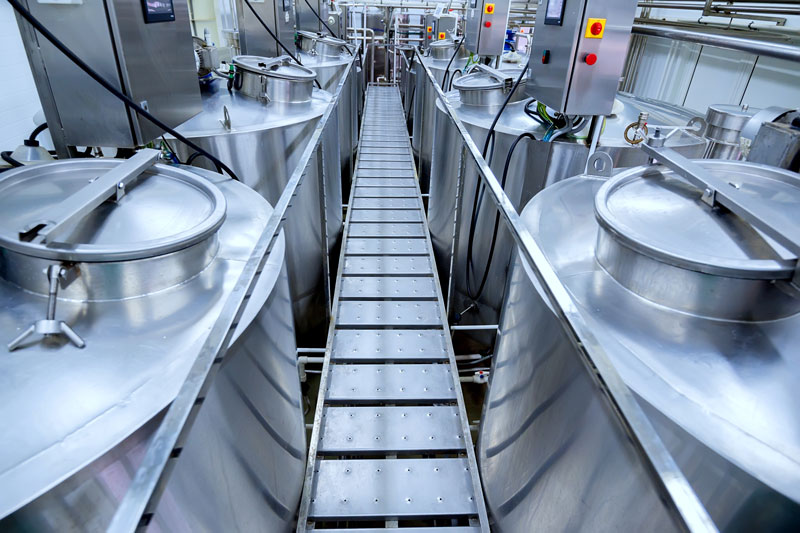
Stainless steel-Are All Stainless Steels Magnetic?
As an alloy, stainless steel is made up of a combination of metals with the balance being iron but the main alloying element being Chromium. Stainless steel resists tarnishing and rust because of the elements contained within: iron, chromium, silicon, carbon, nitrogen, and manganese. It must be composed of at least 10.5% chromium and at most 1.2% carbon to be recognised as stainless steel.Chromium (combined with nickel) is the component that gives stainless steel its corrosion resistance. While stainless steel is frequently called stainless, it is not really stainless, because the chromium builds up on its surface making it able to withstand abuse much longer than regular steel without chromium. Passivation is the process of applying chromium to stainless steel to keep the shiny, silver finish.Read more -
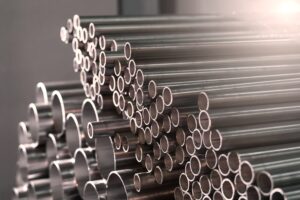
Stainless Steel: How it is Made
Today we are taking a deep dive into stainless steel and how it is made. This type of steel is widely used. Chances are you own at least a few appliances that are made of stainless. I know my refrigerator is.Read more -
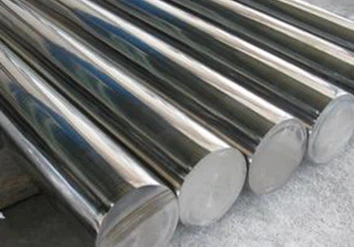
stainless steel WILL STAINLESS STEEL RUST?
Stainless steel is one of the most widely used metals in a broad range of industries. Thanks to its malleable nature and strong corrosion resistance, it’s highly desirable for many manufacturers seeking low-maintenance metal material for their products. You can find stainless steel products throughout the automotive, food processing and handling, and medical industries and in many of your everyday household items.Read more -
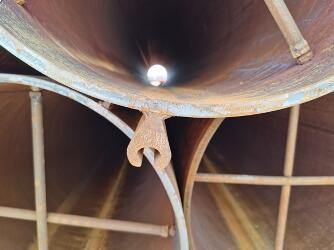
Stainless steel-Is Stainless Steel Magnetic?
If you ask someone “is stainless steel magnetic?,” you are likely get a wide range of responses. Some people believe that stainless steel is a completely non-magnetic material. Others believe that stainless steel must be magnetic because it contains iron.So, do magnets work on stainless steel? Yes and no. Like most things in life, the answer lies in the grey zone, in that murky in-between. The fact is, there are many types of stainless steel alloys, each with magnetic and non-magnetic variants. There is no correlation between magnetism and corrosion resistance.We can determine whether a piece of stainless steel is magnetic most often by observing its chemical composition.When alloyed, ferrite and iron crystal structure give stainless steel magnetic properties. High austenite levels offset the ferrites, rendering these stainless steel alloys non-magnetic. And even in these cases, non-magnetic grades can become magnetic once worked on (i.e., bent, deep drawn or formed into a tube).Still other stainless steel alloys gain partial magnetism after forming or undergoing heat treatment.And then there are the category of stainless steels which are highly resistant to corrosion and carry a magnetic field (such as 420 and 430 grades). The inverse also holds true – some are corrosion-resistant but non-magnetic (such as 316).Depending on your requirements, some types of stainless steel are better suited than others for specific applications.Read more -
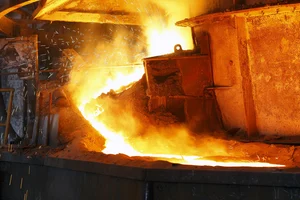
Carbon Steel Pipe-How is Stainless Steel Made?
You might already be familiar with the properties of different types of stainless steel—such as how grade 304 stainless steel has excellent corrosion resistance or how annealed and stress-relieved 430 stainless steel has an incredibly high hardness. However, one common question that a lot of people have is: “How is stainless steel made?”Read more -
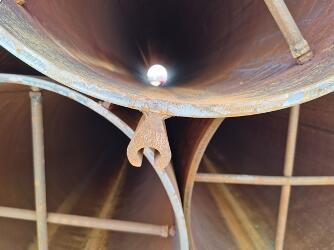
Stainless steel-Is Stainless Steel Magnetic?
Will a magnet stick to stainless steel? It depends on what type of stainless you’re using. Some steels are only weakly magnetic, and some are not magnetic at all. Austenitic stainless steels like 304 or 316 stainless are good examples of this.A ferritic stainless like 430 stainless steel, on the other hand, is ferromagnetic. Magnets stick to it. You might see magnetic forces that are 5-20% weaker compared to low carbon steel.Read more -
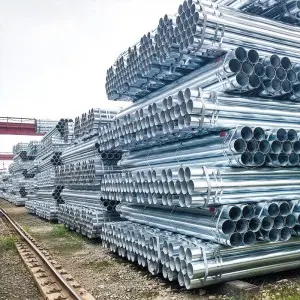
stainless steel Does stainless steel rust?
Stainless steel is a steel alloy that contains a minimum chromium content of 10.5%. The chromium reacts with the oxygen in the air and forms a protective layer that makes stainless steel highly resistant to corrosion and rust. At the moment, there are over 150 varieties of stainless steel in the market.Read more -

Carbon Steel Pipe-How is stainless steel made?
Stainless steel is produced in an electric arc furnace where carbon electrodes contact recycled stainless scrap and various alloys of chromium (and nickel, molybdenum etc. depending on the stainless type). A current is passed through the electrode and the temperature increases to a point where the scrap and alloys melt.Read more